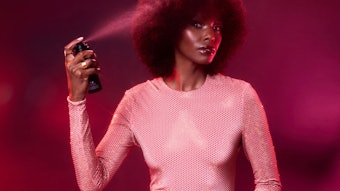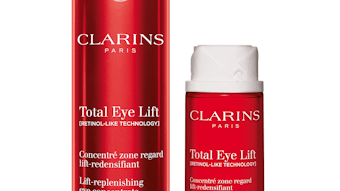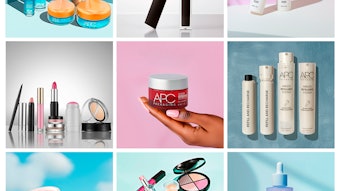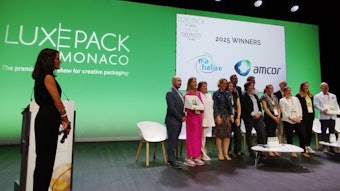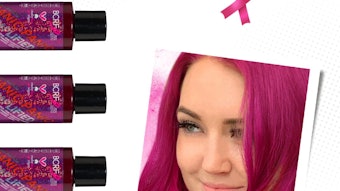Even as the economic recession eases, consumers are still seeking the best value for their dollars when making purchasing decisions. However, their perception of “value” has moved beyond just the cost of a product. Instead, consumers are looking for brands that are environmentally responsible while also offering convenience and even luxury—while remaining at a reasonable price point. Think that’s impossible? Think again.
Essentially, consumers are looking for brands that espouse their own values and priorities. For many brands, that means turning to packaging. The graphics, shape, size and other attributes of a package are a powerful way to communicate value to consumers at the point-of-sale and keep them coming back.
Innovations in packaging can give brands a competitive advantage on the shelf. Take for example the packaging Kotex launched for its U by Kotex brand extension. Parent company Kimberly-Clark had one primary goal: reaching the hip, fresh, younger generation of female consumers. The colorful, modern packaging is a vivid departure from the traditional conservative designs associated with the feminine hygiene category. Products are available in metal and paperboard containers, allowing consumers to choose what works best for them. Aside from standing out on the shelf, the metal tins offer several advantages. Not only are they robust enough to be carried inside bags and purses without crushing, they can also be refilled with new supplies. All in all, the brand has seen great success both because of Kimberly-Clark’s distinctive approach and its drive to match the personality of a specific demographic.
At the same time, the principles of shopper marketing are increasingly impacting product packaging. Shelf impact plays a key role in how packages are perceived by consumers, and the more luxurious or unique a package appears when displayed on a shelf, the more it can encourage a sale.
Jean Paul Gaultier’s fragrances for men and women are great examples. The glass bottle of the brand’s signature line itself has a very basic form—a silhouette—giving an air of luxury and mystery but also of straightforwardness because of the simplicity of design. The bottle is stored in a cylindrical package composed of different materials, including metal, plastic and paperboard, depending on the fragrance. In addition to being reusable after the original fragrance has been used up, the metal cylinder can also be recycled, meeting consumers’ demand for sustainable solutions, as well as luxurious packaging.
In addition to innovation, sustainability continues to be top of mind for brands when designing packaging. The green movement is making companies be more conscious about the materials they use in their products and packaging, as well as how they transport the end products to stores. At the same time, with retailers such Walmart continuing to emphasize the score card model, the demand for sustainable packaging continues to grow.
Finally, packaging’s role in a brand’s overall marketing mix continues to evolve. Many companies include quick response (QR) codes on their packaging to encourage consumers to visit the brand’s website, Facebook page or Twitter feed. Commonly, this is coupled with an offer for free coupons or other types of incentive. This marketing tactic capitalizes on modern consumers’ desire for enhanced interaction and instant gratification. At the same time, it presents new channels and opportunities to educate customers and keep them engaged with a brand. Ultimately, of course, the goal remains the same—to build brand loyalty through a positive initial experience.
As packaging technology continues to advance and consumer demands continue to change, brands must always match the two to maximize success.
Daniel Abramowicz is the executive vice president of technology and regulatory affairs at Crown Holdings, Inc., with global responsibility for innovation and technology development across Crown’s business platforms. Abramowicz received a Bachelor of Science degree in chemistry, and a Bachelor of Arts degree in mathematics and computer science, from St. Francis University. He earned a master’s degree and doctorate in physical chemistry from Princeton University.
